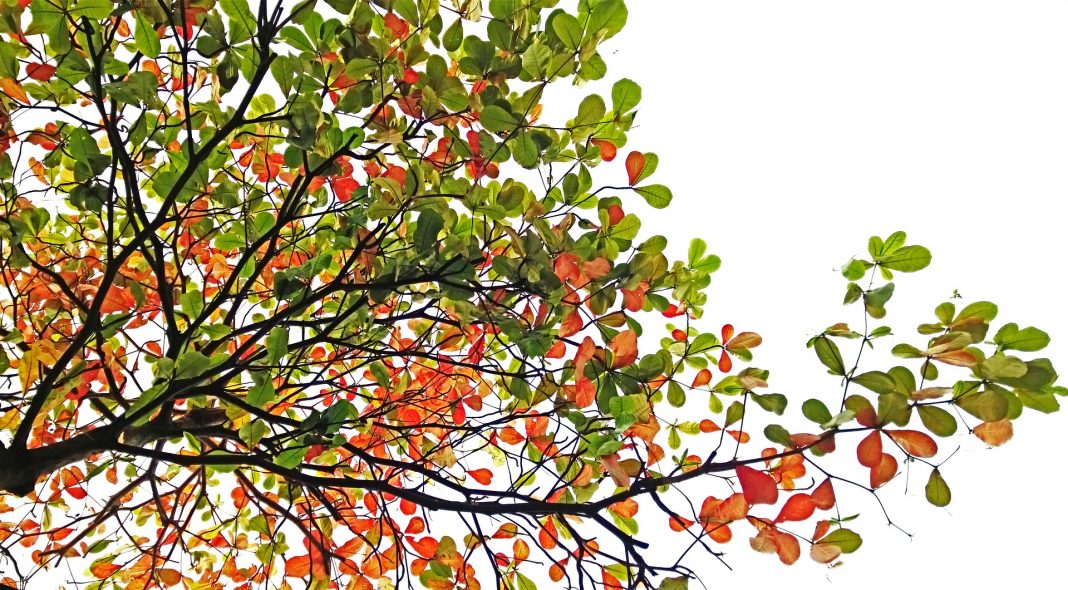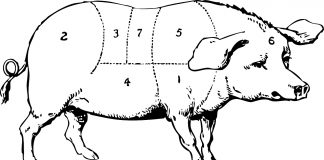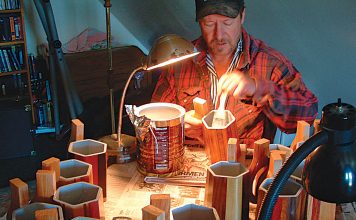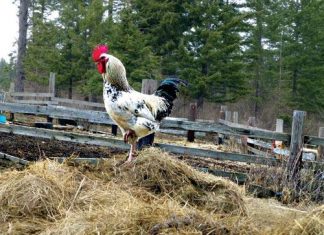 |
|
| Issue #61 • January/February, 2000 |
Winter is a good time to plan your spring tree plantings, deciding what and where you want to plant. When spring arrives you’ll be ready.
Spring is the best time to plant trees because spring planting allows trees to get established earlier, grow more, and do better when hot weather arrives. Spring planting is especially important for bare root stock. Most containerized and container-grown stock, as well as balled and burlapped trees, can be planted throughout the growing season, but benefit from spring plantings.
When transporting trees, protect them from excessive wind, drying, and rough handling. Planting holes should be dug at least two feet wider than the size of the root system. Trees should be planted an inch or so higher than the depth they grew in the container or nursery to allow for settling. Air pockets should be eliminated through watering and tamping after planting. Fill in the hole with a mixture of existing soil and soil amendments such as organic material or loamy top soil.

Fertilizer should not be applied directly to the roots. Wait a year before fertilizing because the trees need to get established first. Cultivate the area four to five feet around the base of a newly planted tree and mulch. Don’t put plastic under mulch, and keep the mulch away from the tree trunk.
For bare root and packaged trees, prune damaged roots and spread them evenly before adding soil. Gently raise the plant to the proper depth as soil is added. When the hole is three-quarters full with soil, fill with water to eliminate air pockets, then add soil before watering again.
For balled and burlapped trees, lift only by the soil ball and be careful not to loosen it. Remove all twine, pull burlap away from the tree trunk, and make sure no burlap is above the ground after planting. Backfill the hole three-quarters full, saturate the soil ball slowly with water, then finish filling the hole with soil.
For containerized and container-grown trees, remove all containers at the planting site. Treat containerized roots gently. If container-grown roots are growing in a spiral, make vertical cuts on the sides of the soil surrounding the roots and a crisscross cut on the bottom to cut nets of roots. Plant as you would a balled and burlapped tree.
Trees require a good amount of water during the growing season; water during the summer is critical to tree establishment. Short, frequent watering stunts deep root growth, so a slow trickle of water for hours at the base of a tree works best.
Make sure trees don’t get defoliated from insects or diseases during that crucial first year. On smaller trees, caterpillars may be picked off by hand. A good blast with a garden hose will help control aphids or spider mites. Constant care and observation helps assure you of having healthy trees.













